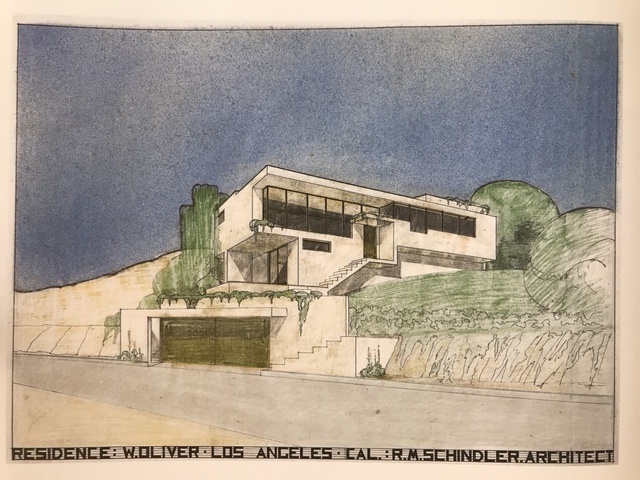
Rudolph Schindler, a talk by Philip Boyle
Tue 25 April 2023
18:30 -20:30
“The sense for the perception of architecture is not the eyes - but living. Our life is its image.”
Rudolph Schindler (in 1928)
Rudolph Schindler (1887-1953) was born in Austria, where he studied under Adolf Loos. He emigrated to the United States in 1914, and after first encountering (and disliking) New York, he settled on the West Coast.
His early work there was as Frank Lloyd Wright’s assistant, before developing his own practice where he designed a series of individual free standing houses between 1921-53. With these houses, he took ideas that he’d learnt in Austria under Loos and applied them to California’s climate and topography.
Schindler also responded to the radically different social context of California. Building forms that had emerged from Europe’s hierarchical society of strict social manners and repressed understandings of the body, were transposed to a society that was exploring more relaxed ideas around sex, family, and gender roles,. The result was a freewheeling, inventive architecture.
He developed new methods to build cheaply, with a small practice, and acting as his own contractor.
In the words of Esther McCoy “From his first building he spoke a language that was clear and certain. It was a cultivated language, yet never scholarly; spontaneous but under the discipline of a controlling idea; its graceful phasing never became automatic or mechanical.
Schindler brought a particular vision to architecture, on in which materials - and even the structural systems he developed - were always incidental”.
Doors open at 1830hrs for wine and cheese, with the lecture and online event starting at 1900hrs.

General Info
Venue / Location
The ABA Gallery, EC1 More Info
London
EC1M 6EL
view map
Organiser